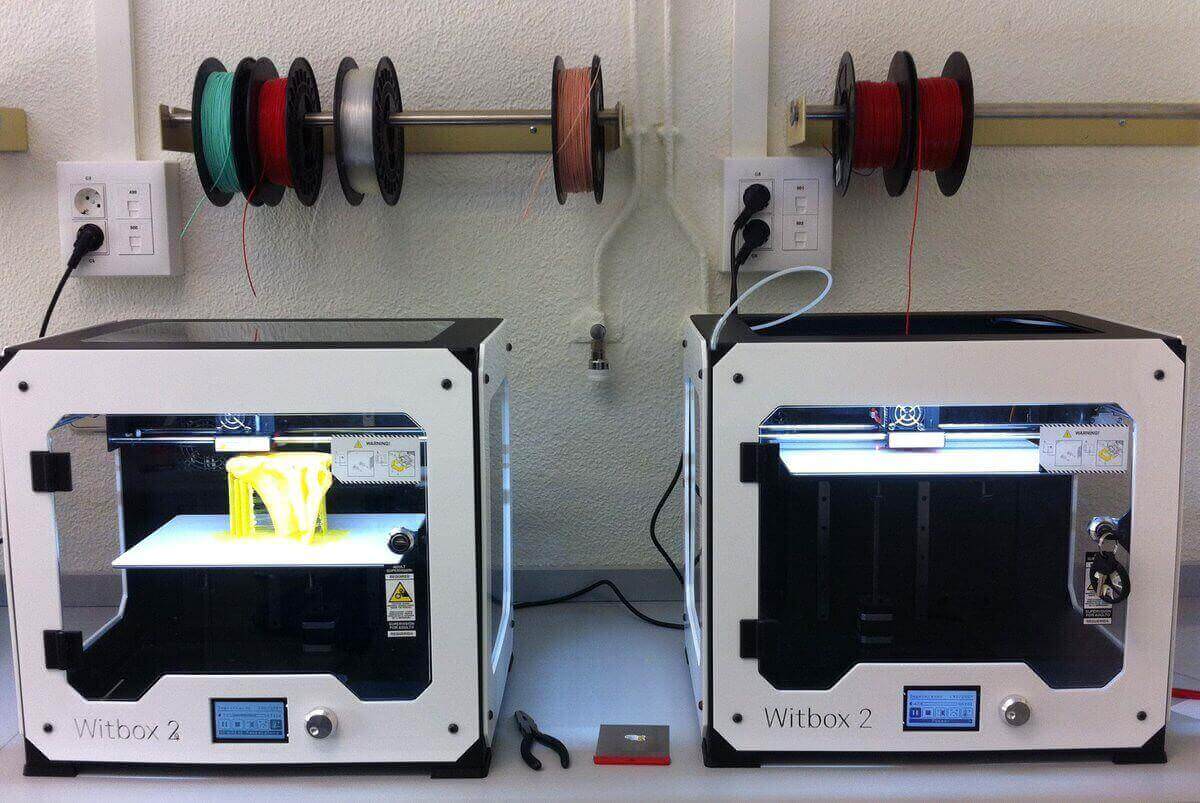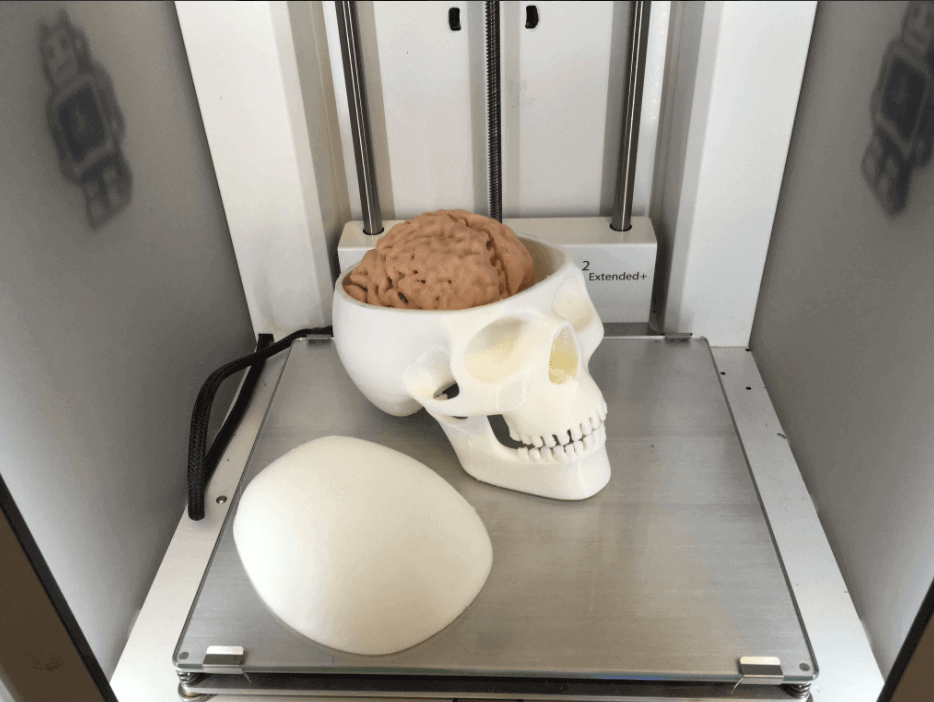Slowly but surely, more doctors use 3D printing to prepare for surgery. In hospital Marañón in Madrid, surgeons and engineers teamed up to establish a medical Fablab.
Spanish Doctors and engineers introduced 3D printing technology to Hospital General Universitario Gregorio Marañón in Madrid. The beneficial results have been copious.
Now, the hospital is using 3D printers within its facility. Orthopedic surgeon Dr. Rubén Pérez-Mañanes was behind bringing in the printers. He and his team of colleagues have since been working together to use their skills and improve treatment for patients.
As well as this, they’ve been working with mechanical engineer Guillermo Rodríguez-Lozano to start a small FabLab in the hospital. Using this space they’re able to 3D print surgical guides, clinical aids, and tools.
They’re also able to change, and even save lives using 3D printed surgical models. Rodríguez-Lozano said:
“Using open source or free software, the team formed by surgeons and engineers is taking advantage of this technology. The doctors say that 3D models give them extra information. Some possible situations could take place into the operating theatre but, now, these situations can be studied previously, reducing the time inside the surgical room and, consequently, the patient’s risk.”
Uses of 3D Printing at Hospital Marañón
Doctors are also using 3D printed replicas of patient’s affected organs or bones. They models use these models not only for their own information, but to show patients what will happen during a treatment or surgery.
Other benefits include using 3D printed models for education. Currently, the hospital is printing a skeleton for teaching students.
In addition, patient-specific prints can be used as surgical guides and printed directly on site when needed. Previously, external suppliers were used. The team can use 3D printing technology to create models of plates and implants before they are fitted and even molds.
The use of 3D printing in the hospital saves money and reduces the need for outsourcing. Rodríguez-Lozano adds another beneficial use of the technology:
“Another project in which the ‘maker spirit’ is beneficial to the health is related to the use of 3D printers in regions with few resources or that have suffered the effects of catastrophes or wars. In places where it’s not possible to have all the necessary surgical material and where the needs are very specific, a 3D printer can save costs and solve many medical problems.”
Interested in learning more about the team? You can follow their work on Twitter as they are posting using the hashtag: #hospitalmarañon3D.
Source: 3DPrint

License: The text of "Surgeons and Engineers Create Medical FabLab in Madrid Hospital" by All3DP is licensed under a Creative Commons Attribution 4.0 International License.

